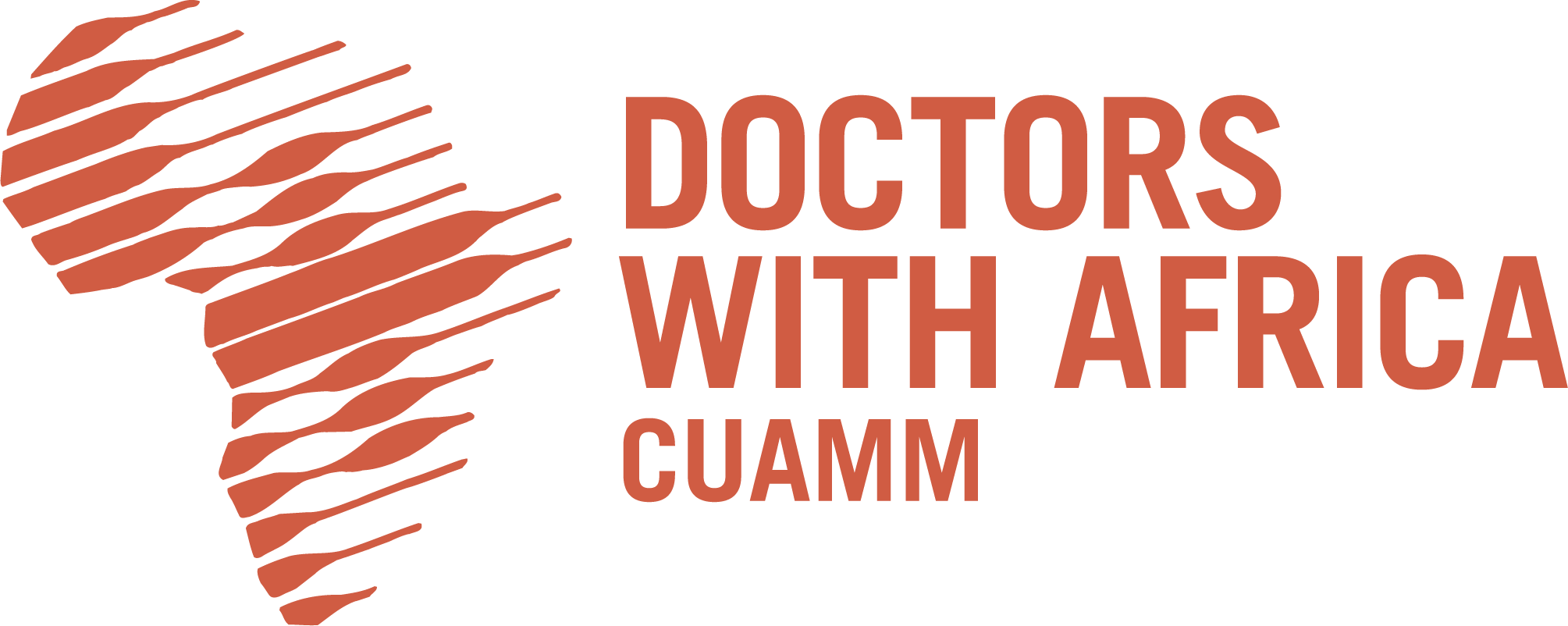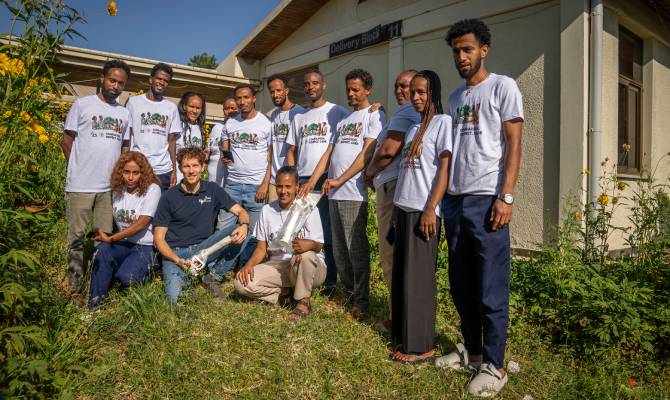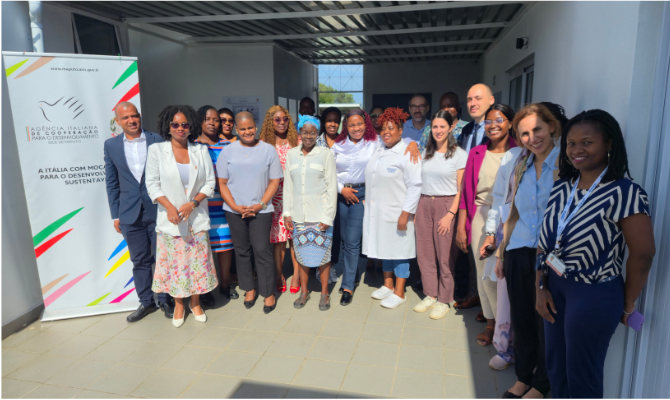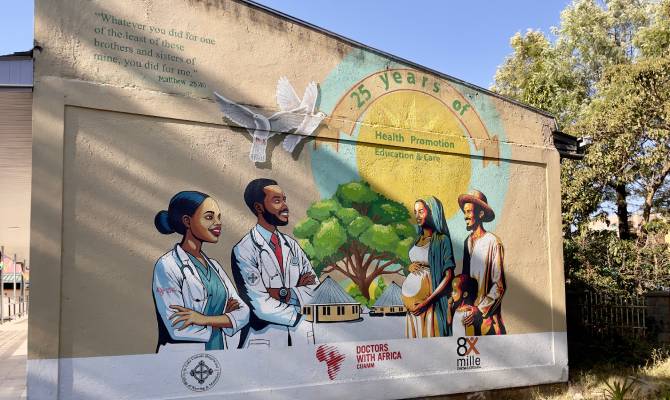In Ethiopia inequality often has a great deal to do with where one lives, alongside other factors; people living in urban centers, in fact, generally have much better access to health care services and treatment than those living far from them. Just one example: in 2015, 88% of babies born in the urban areas of Wolisso were delivered with the assistance of a skilled birth attendant, while the figure for rural areas was just 28%. Similar patterns are seen with regard to emergency interventions: in that same year 94% of women living in the city used emergency obstetric care services, compared with just 22% of the women living in Wolisso’s rural areas.
This is a quite a gap – one where geographic distance, first and foremost, but also economic status and cultural factors, end up generating very unequal health outcomes.
This is why the Ethiopian government recently launched its Health Sector Transformation Plan (HSTP), a twenty-year program that will promote policies and activities aimed at improving the uneven access to health care among the country’s different communities. And it was the HSTP that was the topic of discussion today in Addis Abeba, at a workshop organized by the Italian Agency for Development Cooperation in which Dr. Kesetebirhan Admasu, Ethiopia’s Minister of Health, also participated.
We at Doctors with Africa CUAMM brought our own experience to the table as well. We have worked in Ethiopia for years, in fact, partnering with local governments in an effort to ensure that geographical distance will not stop Ethiopians from getting the health care they need. Our approach is well-aligned with the HSTP: we work to provide services and treatment not just in the country’s urban centers and large hospitals, but also in the primary health care centers scattered throughout the territory, so that local communities everywhere will have access to essential care services closer to where they live. We also provide community services, bringing health care to the country’s most remote areas, including villages that are completely inaccessible by road. This is how we tackle the physical and cultural barriers to health care access day in and day out, in an effort to make health a public good. And this is how we are seeking, step by step, to “transform” Ethiopia for the better.





